Google Pixel 6a vs Pixel 6: key differences
We may earn a commission if you make a purchase from the links on this page.

Some of the best budget phones throughout the past few years have come from Google in the form of its Pixel "a" series. The Pixel 6a from 2022 was one of the best phones released that year, even when we look at the whole market and not just the mid-tear segment.
Despite the new Pixel 7a now being available, Google has drastically decreased the Pixel 6a's price and continues to sell it as a budget option even in 2023. But what's the better option if you want a Pixel phone that won't break the bank? A new Pixel 6a or a used Pixel 6?
Of course, being the most affordable option out of the Pixel 6 lineup, the 6a comes with some cut corners like the camera system, the display, and more. Nevertheless, it has managed to keep the core Google phone experience and design despite the lower price tag.
Let's see how the Pixel 6 and 6a differ from each other and figure out what the $150 price difference between the two means in practicality.
Jump to:
Pixel 6a pros and cons
Pixel 6 pros and cons
Also read:
- Google Pixel 8a vs Pixel 6a: What's new in two years of evolution
Price and release date
The Pixel 6a, on the other hand, was released on July 28, 2022 and comes only on the 128GB storage option for $450.
Design and colors
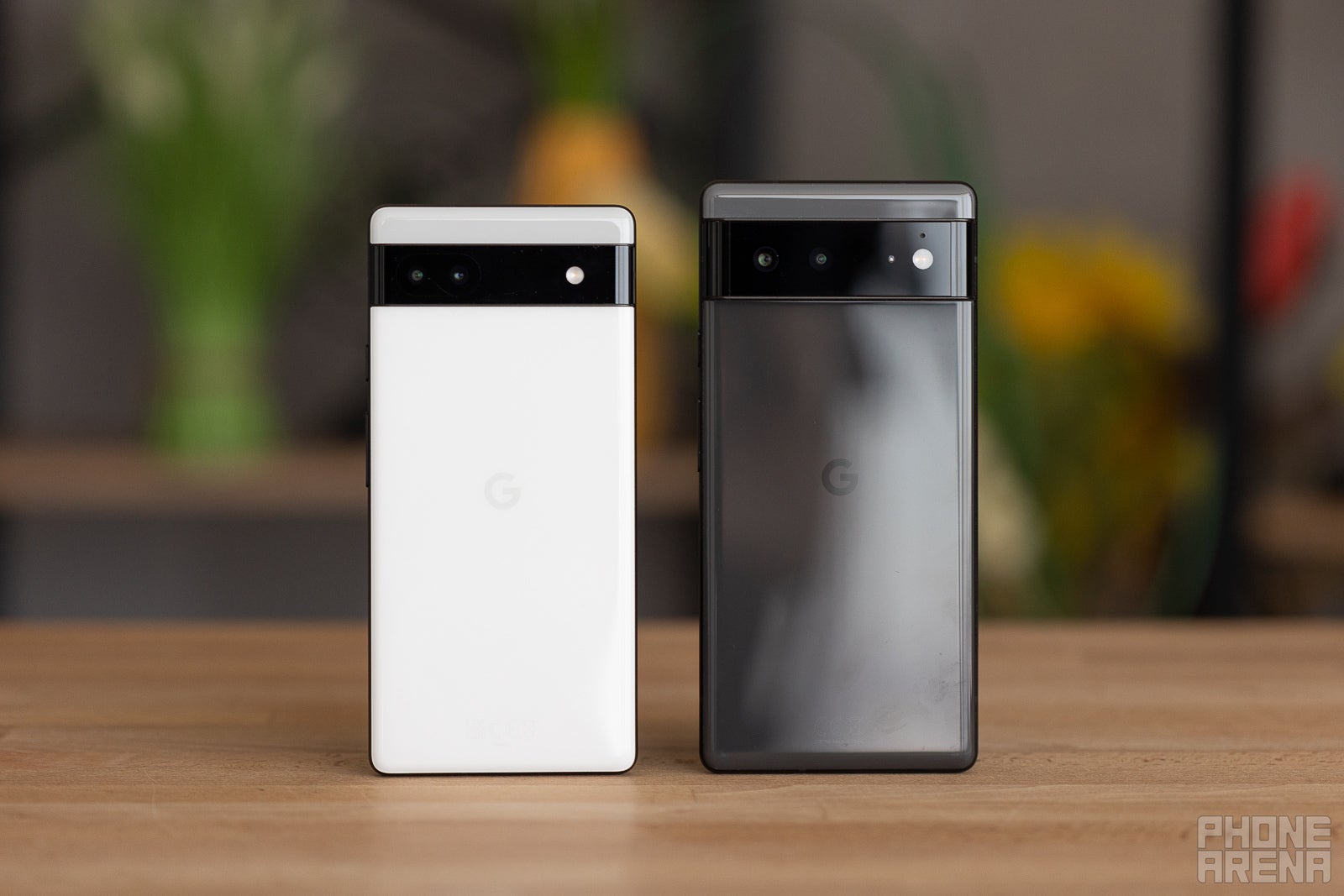
The Pixel 6a (left) and Pixel 6 (right)
Hardly a surprise, the Pixel 6a follows the same design language Google introduced with the Pixel 6 series. The two phones look nearly identical, with their signature rear camera strip stretching from side to side. Size, however, is a factor setting them apart. The Pixel 6a is the smaller phone, sporting a 6.1-inch display vs the Pixel 6's 6.4-inch one. It also appears that the Pixel 6a sports a "3D thermoformed composite" back, which is a fancy word for plastic. The Pixel 6 comes with a Gorilla Glass 6 back.
Color-wise, the Pixel 6 and 6a both have three options.
- Charcoal
- Chalk
- Sage
- Kinda Coral
- Sorta Seafoam
- Stormy Black
Display
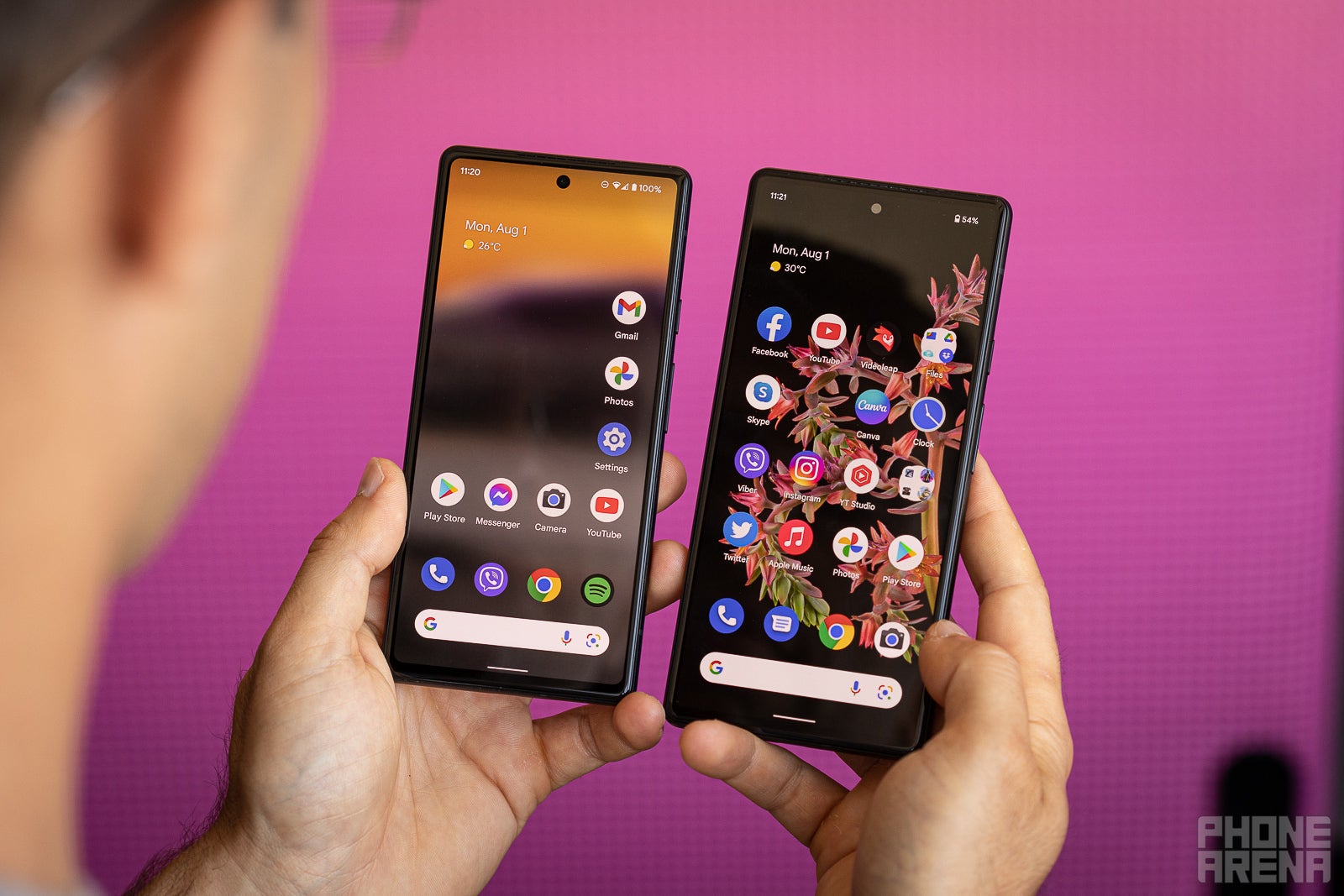
The Pixel 6a's display (left) and Pixel 6's screen (right)
One more corner Google had to cut is the omission of a high-refresh-rate display – it's a 60Hz affair on the Pixel 6a. Not a deal-breaker, if you ask us, but it's a difference in smoothness you may notice if you're spoiled by screens like Pixel 6's 90Hz panel.
As you can see, besides the difference in size and refresh rate, the Pixel 6a and Pixel 6 share similar brightness and color accuracy. This is especially impressive if you take into account the $450 price tag on the 6a.
Hardware and performance
Tensor is the name of Google's custom SoC, which made its debut on the Pixel 6 series last year. It is the chip powering the Pixel 6a as well, which is great news – chips this powerful aren't common among phones at this price point. According to benchmarks, the Google Tensor is not as powerful as the latest Qualcomm Snapdragon chips, but it's optimized for AI and machine learning tasks like speech recognition.
Performance-wise, however, the chipset is where the similarities between the Pixel 6a and the regular Pixel 6 end. When it comes to memory, the 6a has 6GB RAM, while the Pixel 6 boasts 8GB in comparison. This doesn't affect everyday tasks that much, though, as we found out during our review.
As you can see, since the chipsets are basically the same, the performance is generally balanced out. In some cases, the Pixel 6 beats the 6a, possibly due to the higher RAM. In other cases, however, it seems the 6a takes the lead, which might be due to the less taxing 60Hz screen, compared to the 90Hz one on the Pixel 6 that requires more power to sustain.
Camera
The camera system is usually one of the areas that companies target first when making a more affordable model. The same stands true when it comes to the Pixel 6a, which comes with the same main camera that's found on the Pixel 5a and even older models.
The inclusion of Google's own Tensor chipset gives it new life in the form of features like the Enhanced Magic Eraser tool for removing objects in photos, Real Tone for accurate skin tones, and Night Sight for better low-light performance.
Here are side by side comparison photos from the Pixel 6a and Pixel 6:
The main differences we can spot from the samples above, is that the Pixel 6 main camera shoots a bit wider than that of on the 6a. The images also appear slightly different in terms of color temperature, with the 6a producing warmer colors compared to the Pixel 6.
The ultra-wide shooter on the Pixel 6 has a wider field of view compared to that of its more affordable siblings, which can be instantly noticed in the sample shots shown above. Once again, we notice warmer tones on the 6a in these examples.
This is where the Pixel 6 shows its superiority the most. The main camera on the Pixel 6a is noticeably less sharp compared to the pricier model. Not to mention how much more light the the Pixel 6 has been able to capture in the shot, making the whole image brighter and more visible.
Pixel 6a selfie camera:
Pixel 6 selfie camera:
One feature from the higher-end variants that the Pixel 6a does lack, however, is the Motion Mode that keeps a fast-moving subject in focus. If you ask us, that is mostly an insignificant downgrade. The main camera itself, on the other hand, can easily be considered a downgrade, going from a 50MP on the Pixel 6 to a 12.2MP one on the Pixel 6a.
As fore the ultra-wide camera, the one on the Pixel 6a has the same exact specs on paper as that of the Pixel 6. In other words, a 12MP ultrawide powered by the Sony IMX386 sensor, with 1.25 μm large pixels, an aperture ƒ/2.2, and a 114° field of view. Another shooter stolen from the $150 more expensive models is the front-facing one, which has 8MP and the IMX355 sensor.
Now, let's take a look at sample videos from both phones.

Generally, the main camera on the Pixel 6a comes quite close to that on the Pixel 6 until, of course, we enter the low-light territory. By the looks of it, the 6a tends to produce more noise when shooting in dark conditions. Thankfully, it looks like the stabilization and microphone quality is just as good, though, which is a feat of its own.
The ultra-wide snapper, being the same on both phones, seems to be performing almost identically with the 6 and 6a.
Battery life and charging
The Pixel 6a comes with only a slightly smaller battery than that of the Pixel 6—4410mAh vs 4614mAh. When we start talking charging speeds, though, the Pixel 6 is the clear winner here with a maximum charging speed at 30W, whereas the Pixel 6a can do only 18W.
Here are the benchmark results for the Pixel 6a and Pixel 6 battery life:
Additionally, the Pixel 6a does not come with wireless charging, unlike the Pixel 6 and Pixel 6 Pro.
Follow us on Google News

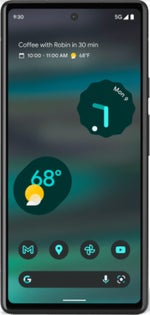











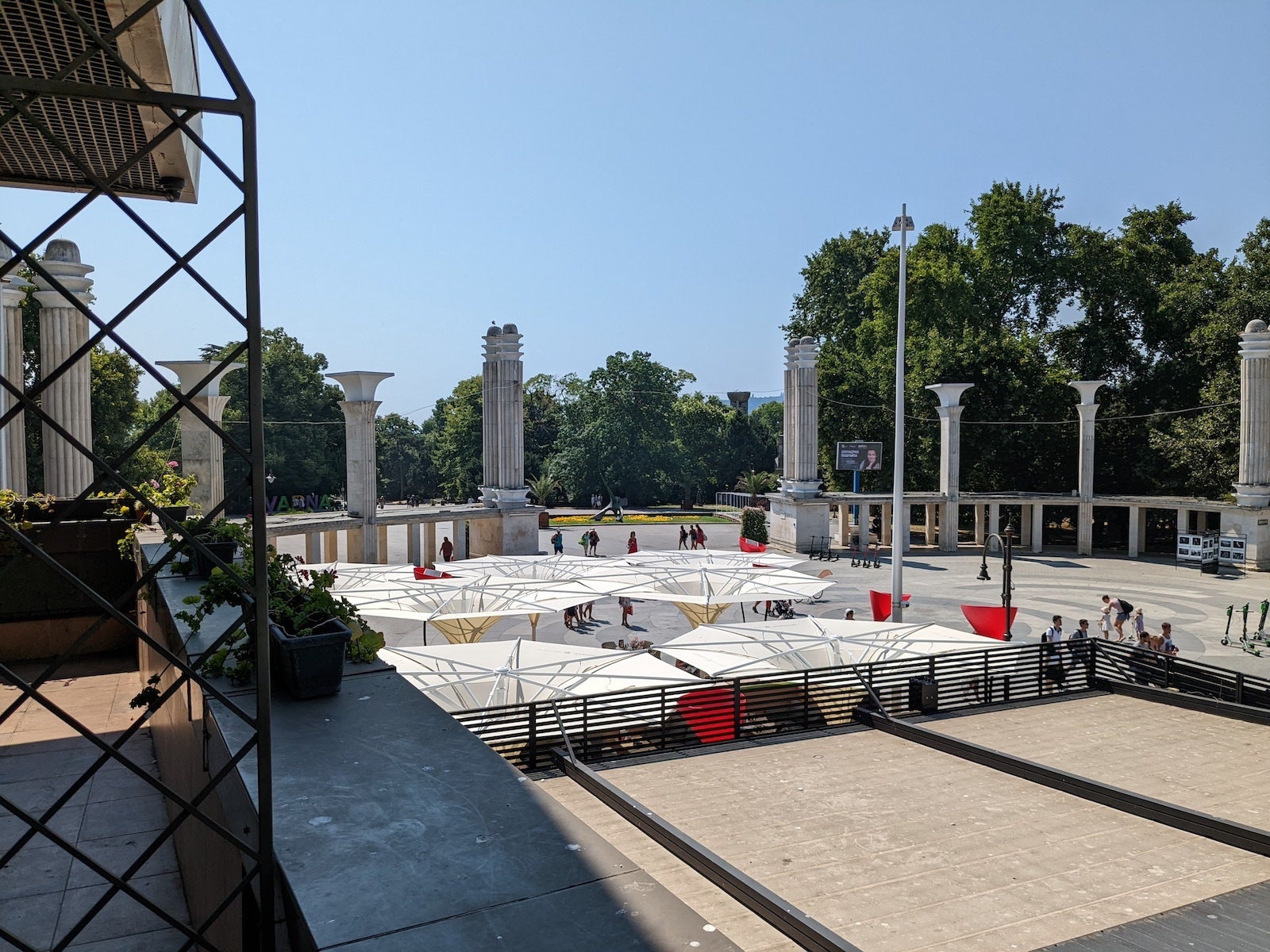
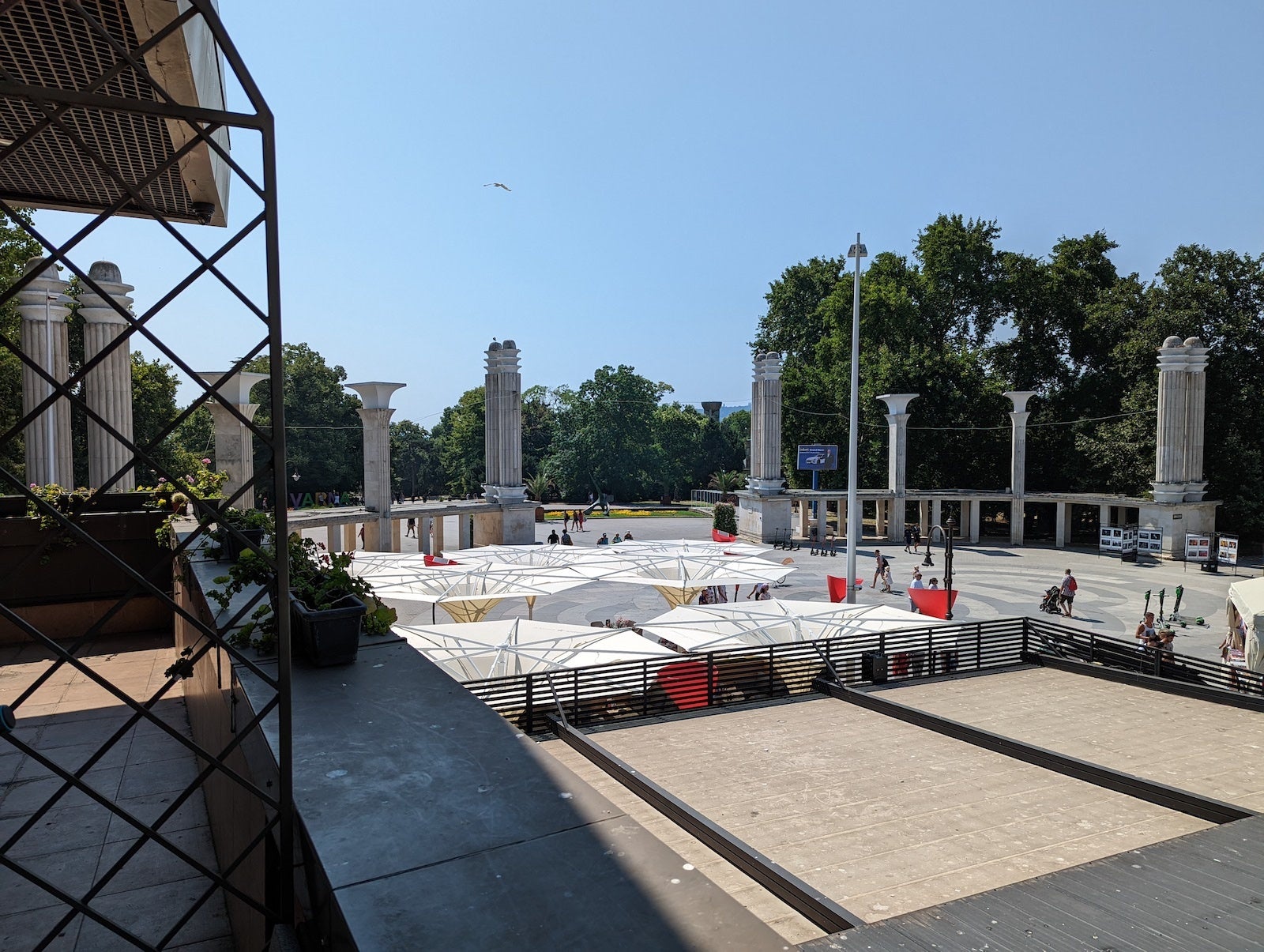
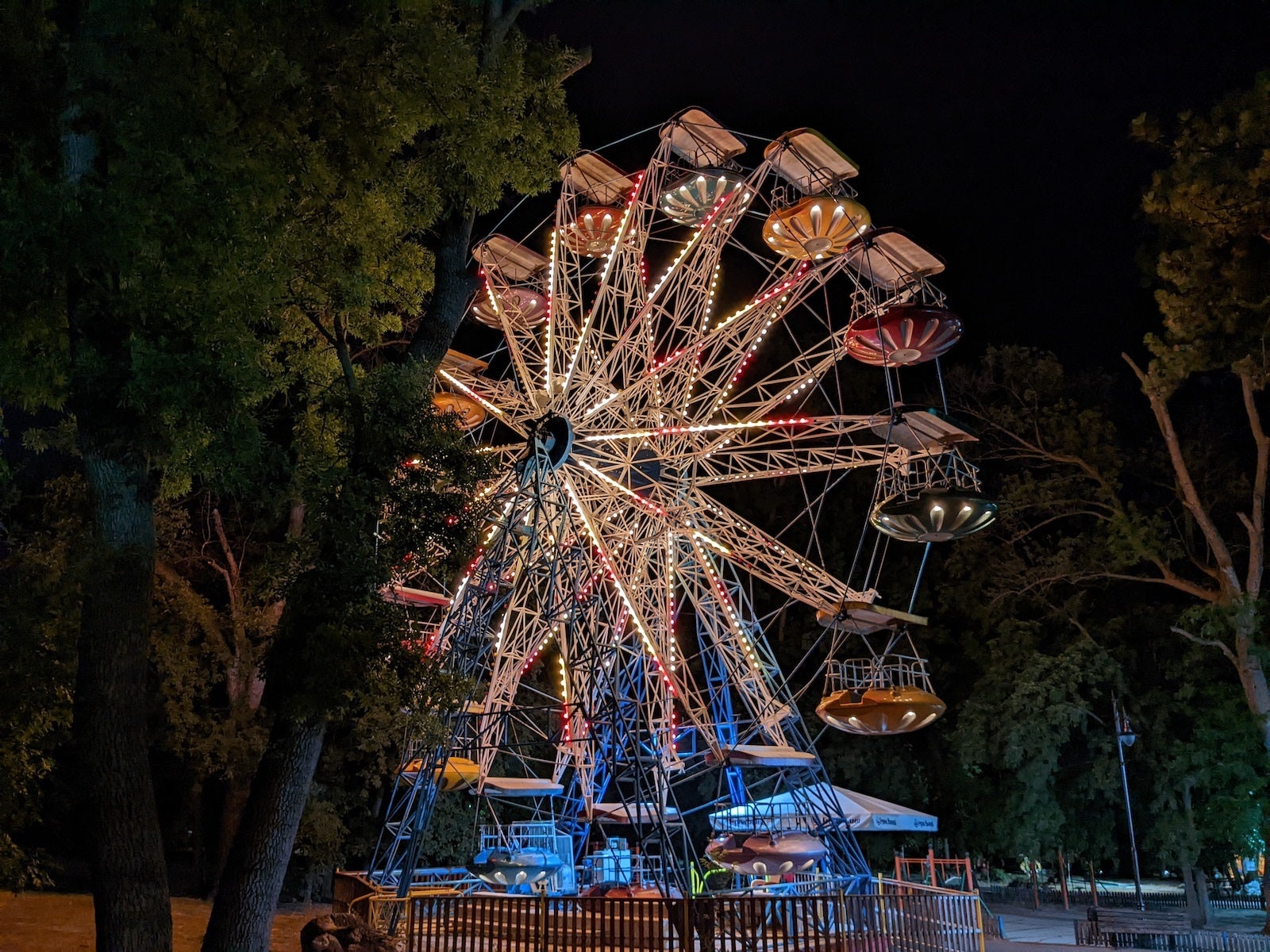















Things that are NOT allowed:
To help keep our community safe and free from spam, we apply temporary limits to newly created accounts: